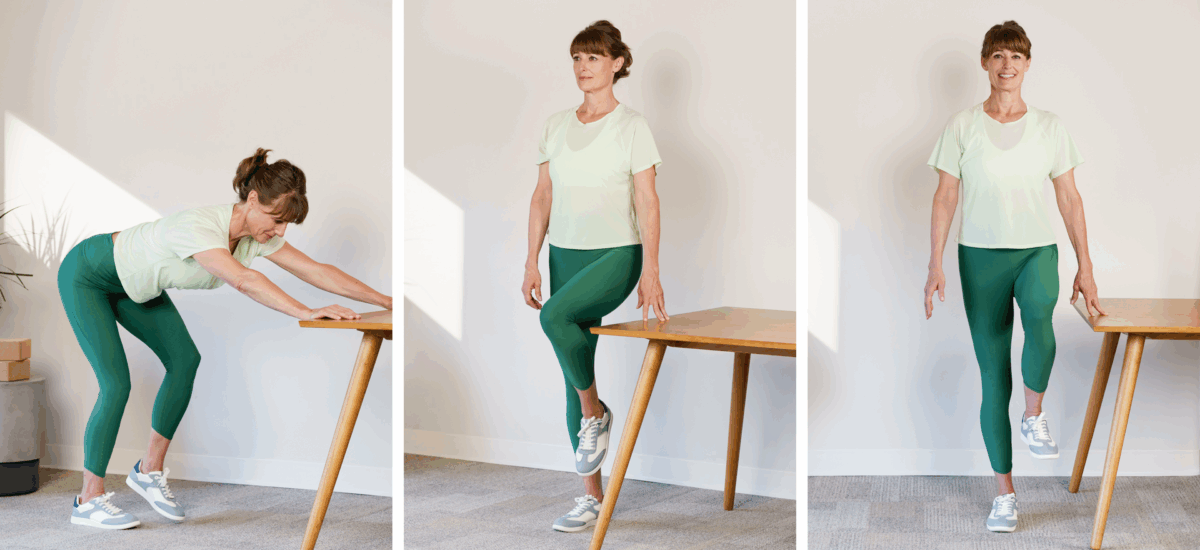Slash your risk of dangerous falls with these quick, at-home exercises that keep you steady on your feet.
Did you know that one in three adults over 65 experiences a fall each year? And those falls aren’t just accidents—they’re a leading cause of fractures, hospital visits, and loss of independence.
But here’s the good news: you can train your balance just like a muscle. And as movement expert Justina Bailey explains, it doesn’t take fancy equipment or endless workouts. Just a few minutes of smart, mindful moves each day could mean the difference between a dangerous fall and a steady step forward.
That’s why we asked Justina—founder of Studio Fitness Victoria, nationally certified Pilates, Barre, and Essentrics® instructor—to share simple, science-based routines you can start today.
In this exclusive video:
- The real reason toddlers bounce back from falls and it has nothing to do with age. (Here’s how to retrain your nervous system in 3 minutes a day.)
- This one breathing drill restores your natural stability and your confidence. (Don’t be surprised if your balance improves overnight.)
- Lose your footing just once… and it could change your life forever. That’s why this simple movement is now part of every fall-prevention plan we teach.
- The muscles that protect you from falls aren’t dead, they’re just asleep. (This standing sequence wakes them up fast.)
- You don’t need crunches. You need control. Here’s the secret to stronger hips, steadier feet, and never flinching when the sidewalk’s icy.
- Before your next fall scares you into action… try this. It takes less time than brewing coffee, and could spare you from a fracture.
- The move your physical therapist teaches after the fracture? Learn it now, while your body’s still working with you, not against you.
- There’s a hidden switch in your pelvis that controls your stability. This gentle turn flips it back on and helps your gait flow again.
- Balance doesn’t disappear with age. It disappears from lack of use. These 6 silent drills bring it back and build stronger bones while they’re at it.
These aren’t complicated drills. They’re fun, accessible movements designed to wake up your muscles, sharpen your coordination, and build confidence in your body again.
So if you’ve ever caught yourself wobbling while reaching for something, or worried about tripping on the stairs, this is your chance to take action.
Because balance isn’t just about staying upright—it’s about staying active, independent, and doing the things you love for years to come.





Patricia Campana
November 22, 2025 , 1:01 pmThis is wonderful I am 78 and a dancer. I fell August 4 and fractured my patellar I could not dance until a few weeks ago and my knee is still not 100% I never want to fall again